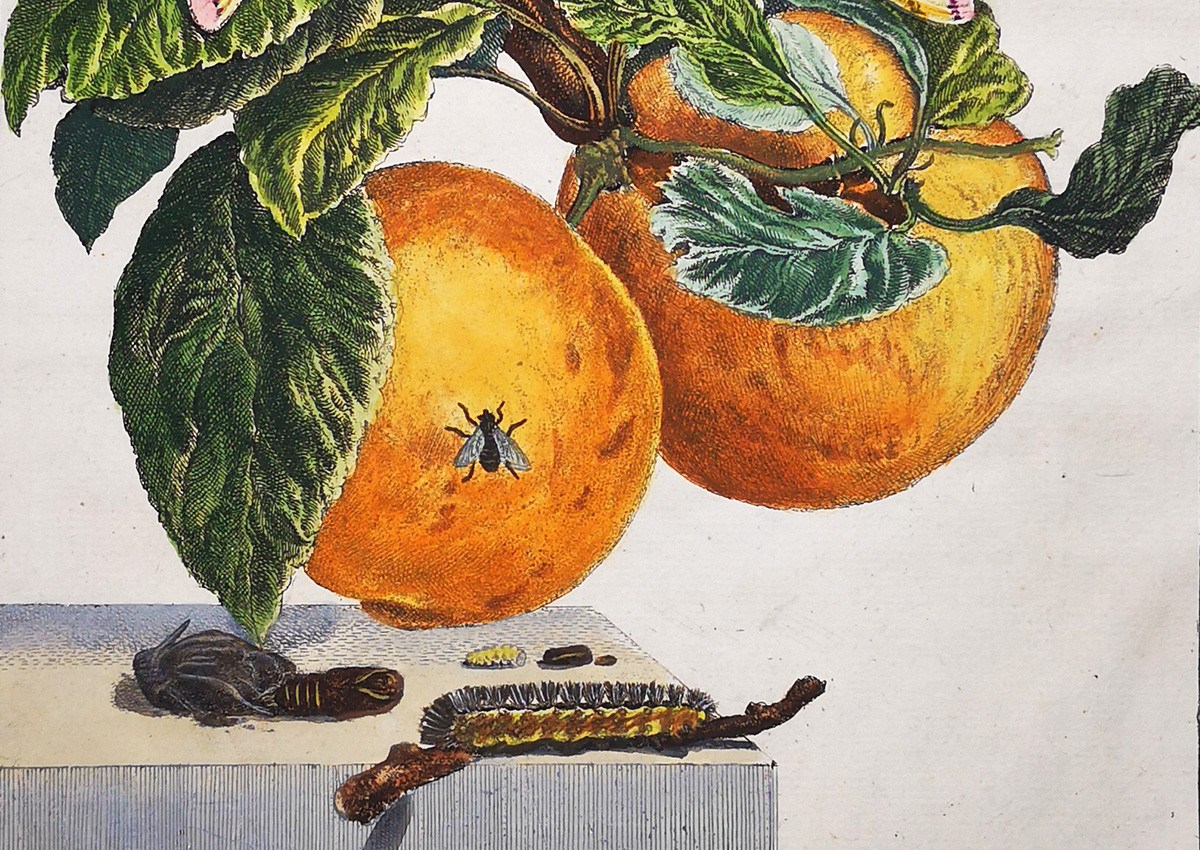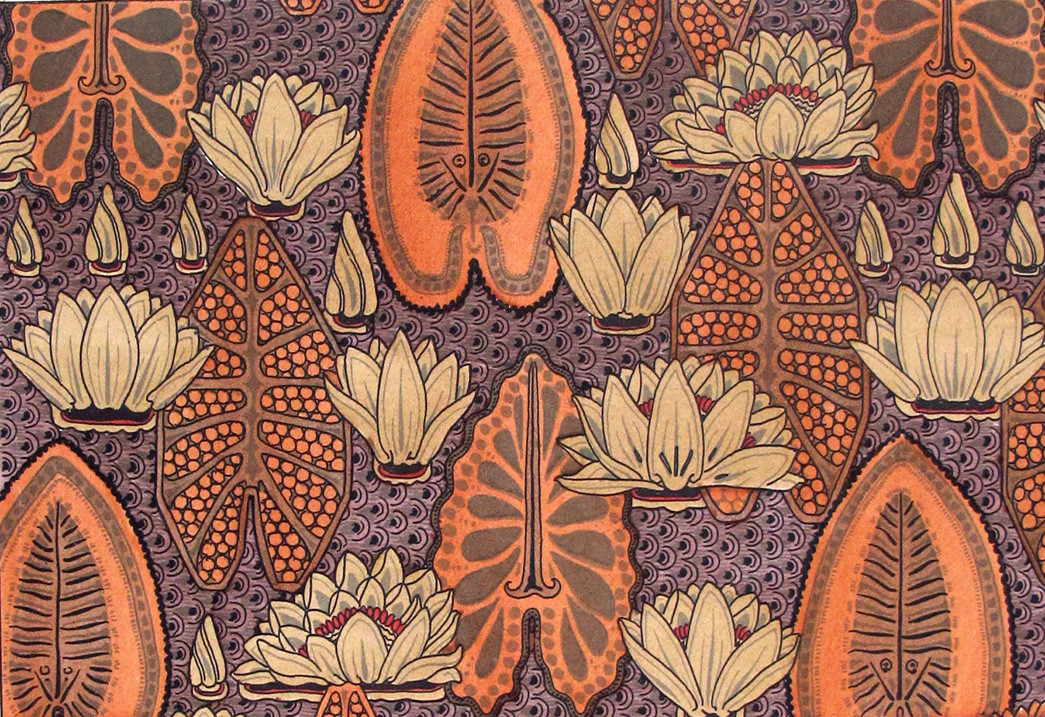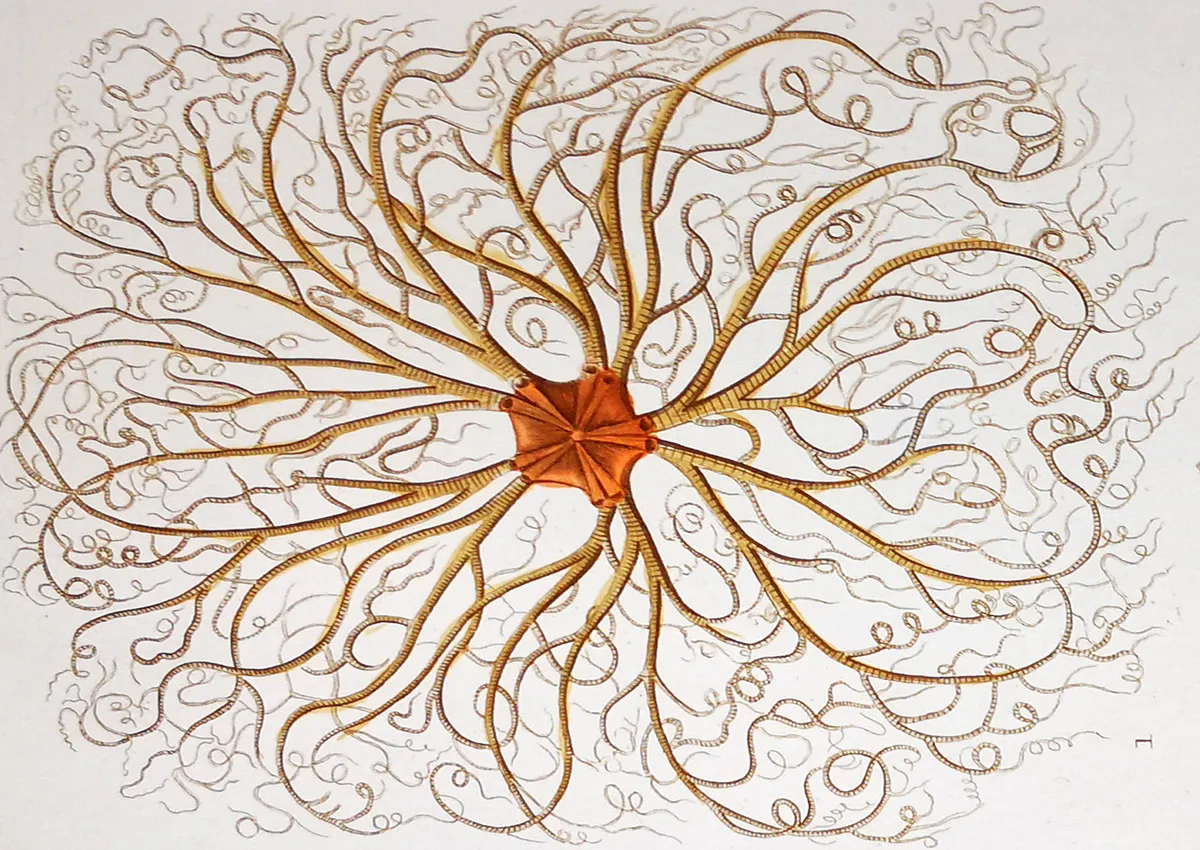The Hidden Nobility of Nature Prints In the vast and fascinating world of antique natural history prints, there are works that shine not only for their beauty, but for their origin, craftsmanship, and the historical legacy they carry
Exceptional Artworks
-
 Pierre-Joseph Redouté: Floral Art in the Service of ScienceRead more
Pierre-Joseph Redouté: Floral Art in the Service of ScienceRead morePierre-Joseph Redouté: Floral Art in the Service of Science Pierre-Joseph Redouté (1759–1840) is widely regarded as the greatest floral illustrator in Western art. Trained in the royal gardens of Paris and patronized by Marie Antoinette, Empress Joséphine, and the Muséum d’Histoire Naturelle, Redouté combined Enlightenment rationality with romantic elegance.
-
 Jacob L'Admiral and the Metamorphosis of Insects – A Dutch Enlightenment Marvel (1774)Read more
Jacob L'Admiral and the Metamorphosis of Insects – A Dutch Enlightenment Marvel (1774)Read moreIn the vibrant scientific atmosphere of the 18th century, Jacob L’Admiral (1700–1775), a Dutch naturalist and engraver, published one of the most striking visual records of insect life cycles:“Auwkeurige Waarneemingen Omtrent de Veranderingen Van Veele Insekten of Gekorvene Diertjes” (1774) —or, in English: “Accurate Observations Concerning the Transformations of Various Insects or Small Crawling Creatures.” Jacob L’Admiral’s 1774 folio on insect transformations is a landmark of...
-
 Gregory M. Mathews and The Birds of Australia: A Monument of Ornithological AmbitionRead more
Gregory M. Mathews and The Birds of Australia: A Monument of Ornithological AmbitionRead moreGregory M. Mathews’ The Birds of Australia is a monumental blend of taxonomy and art. This article explores the project, its leading illustrators and how the original plates still work today as both scientific documents and sophisticated wall pieces for contemporary interiors.
-
 La Plante et ses Applications Ornementales: Eugène Grasset and the Birth of Modern Botanical DesignRead more
La Plante et ses Applications Ornementales: Eugène Grasset and the Birth of Modern Botanical DesignRead moreIn the golden age of Art Nouveau, few works embody the marriage between art and nature as perfectly as La Plante et ses Applications Ornementales (1896). Conceived under the direction of Eugène Grasset, one of the movement’s most influential figures, this stunning folio of botanical plates redefined the role of natural forms in the decorative arts.
-
 Émile-Allain Séguy and Prismes: Art Deco Geometry in Full ColorRead more
Émile-Allain Séguy and Prismes: Art Deco Geometry in Full ColorRead moreAt the intersection of biology, modernism, and decorative arts, Émile-Allain Séguy occupies a singular place. Best known for his striking Art Deco portfolios created through the labor-intensive pochoir technique, Séguy's work represents a unique synthesis of natural form and stylistic innovation. Among his lesser-known yet most visually compelling series is Prismes, a dazzling collection of 40 pochoir plates first published in Paris in 1931. At Prantique, we are proud to present a nearly...

